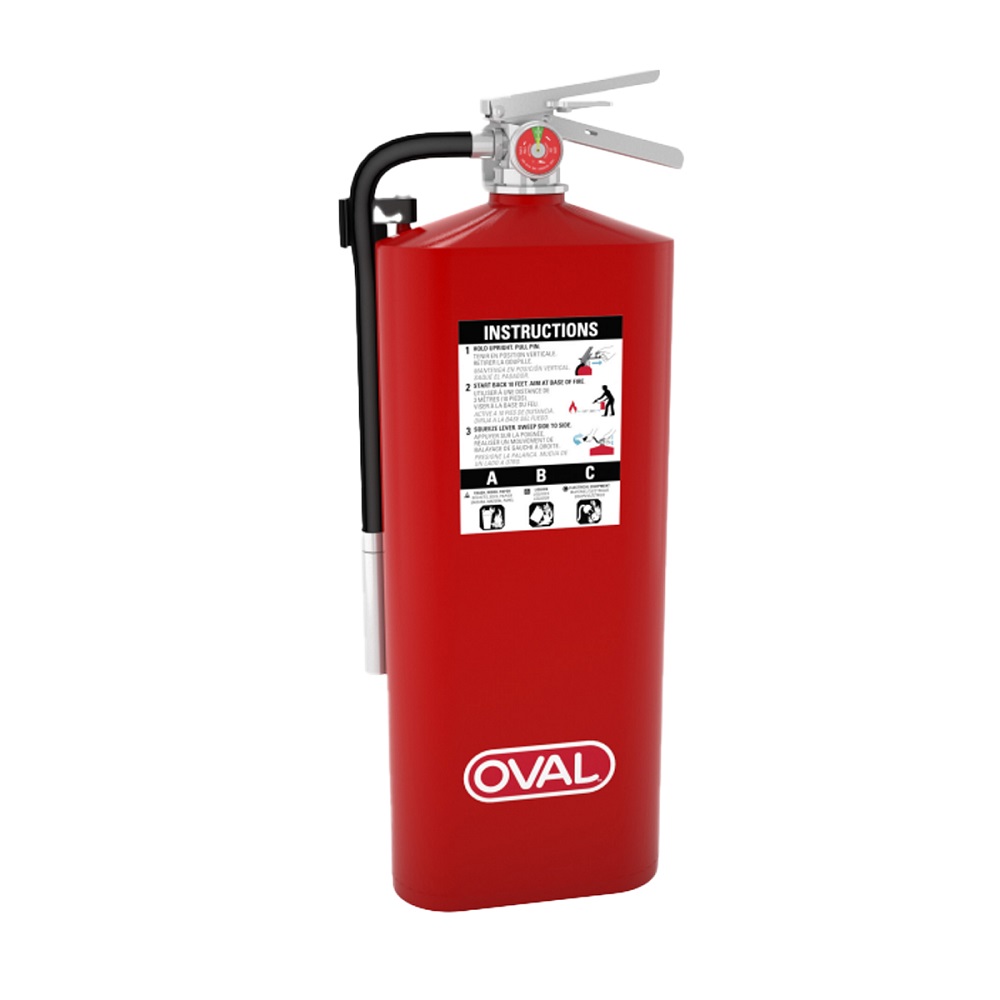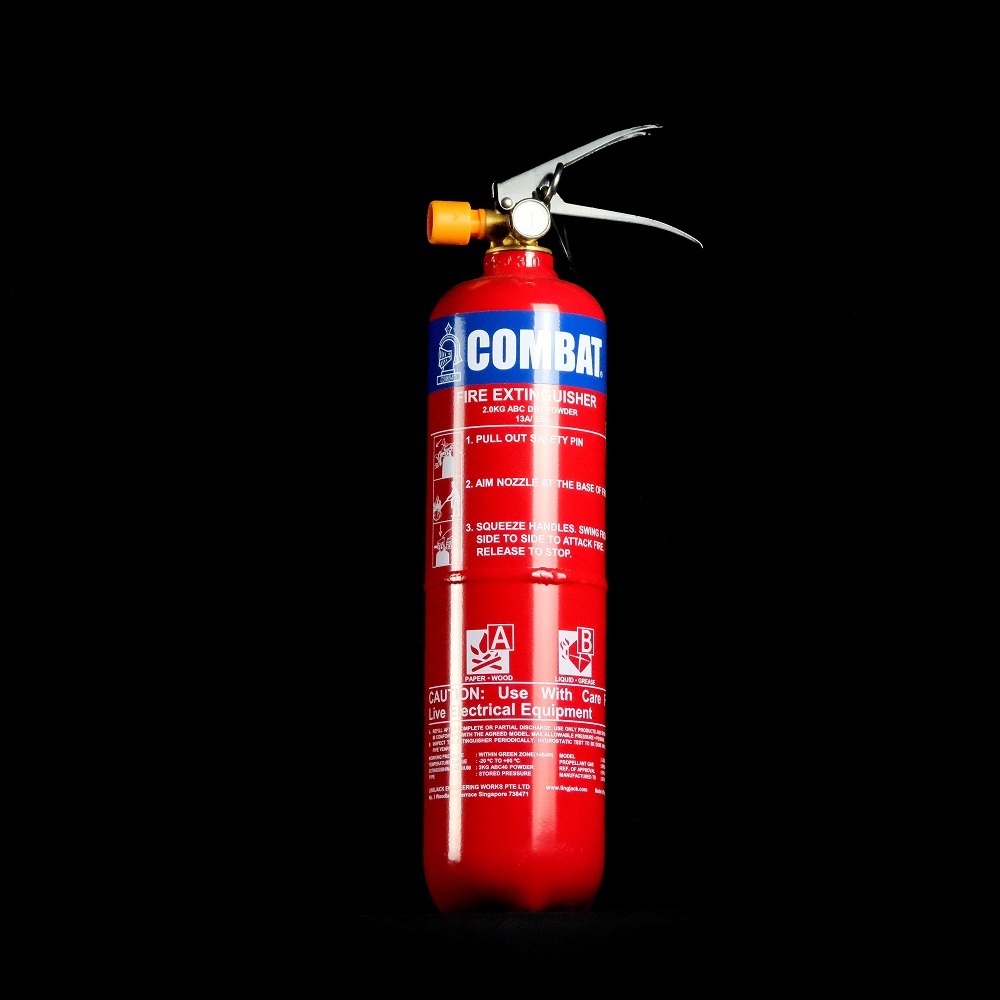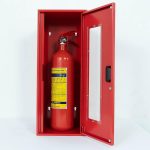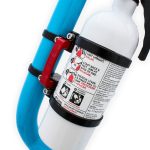Fire safety is a critical concern for any home or business. Having the appropriate fire extinguishing equipment readily accessible can make a significant difference in emergencies. Among the various types of fire extinguishers available, dry chemical fire extinguishers are popular due to their effectiveness against multiple types of fires. This guide will help you understand how to choose the right dry chemical fire extinguisher for your needs.
Understanding Dry Chemical Fire Extinguishers
What Are Dry Chemical Fire Extinguishers?
Dry chemical fire extinguishers contain a powder agent that suppresses fires by interrupting the chemical reaction that fuels the fire. Common agents used in these extinguishers include monoammonium phosphate, sodium bicarbonate, and potassium bicarbonate. Each of these agents works effectively on different types of fires, making them suitable for various settings.
Dry chemical extinguishers can be classified by their fire ratings, which indicate the fire classes they can extinguish effectively. Understanding these classifications will help you make an informed decision regarding which type of dry chemical extinguisher to purchase.
Types of Dry Chemical Agents
- ABC Dry Chemical Extinguishers: These contain monoammonium phosphate and are suitable for Class A (ordinary combustibles), Class B (flammable liquids), and Class C (electrical fires). This versatility makes them the most common type of fire extinguisher.
- BC Dry Chemical Extinguishers: These use sodium bicarbonate or potassium bicarbonate and are appropriate for Class B and C fires. While effective on flammable liquids and electrical fires, they are not suitable for ordinary combustibles.
- Class D Dry Chemical Extinguishers: Specially designed for Class D fires (metal fires), these extinguishers contain a unique dry powder agent that is effective for fires involving combustible metals. If you work around these materials, consider a Class D extinguisher.
Understanding these different agents will guide you in selecting the appropriate dry chemical fire extinguisher for your specific needs.

Assessing Your Needs
Identifying Potential Fire Risks
To determine the right dry chemical fire extinguisher, start by assessing your environment. What are the potential fire risks in your home or workplace? For instance, kitchens often have risks from cooking oils and flammable liquids, while garages may involve chemicals and mechanical equipment.
Taking the time to identify these risks will help you choose an extinguisher tailored to the most likely fire hazards you may encounter. If you have multiple high-risk areas, consider having different types of extinguishers stationed throughout your space.
Checking Compliance with Regulations
Different regions have specific fire safety regulations that dictate the type and number of fire extinguishers required for homes and businesses. Familiarize yourself with local laws or codes to ensure compliance. Commercial properties often have stricter regulations, particularly regarding workplace safety and employee training in fire safety protocols.
By understanding these regulations, you can avoid potential fines and ensure that your fire extinguishers meet safety standards. Consulting with local fire departments can provide you with valuable information on requirements specific to your area.
Selecting the Right Size
Understanding Fire Extinguisher Sizes
Dry chemical fire extinguishers come in various sizes that dictate how much extinguishing agent they contain. The most common sizes range from 2.5 pounds to 20 pounds. Choosing the appropriate size depends on the nature of the potential fire risks you face and the area you need to cover.
- Small Extinguishers (2.5 – 5 lbs): Ideal for home kitchens, workshops, and vehicles. These lightweight models are easy to handle, but their limited capacity may not suffice for larger fires.
- Medium Extinguishers (10 lbs): Suitable for small businesses, garages, or living areas where fire risks are moderate. The increased capacity allows for extended use without being too heavy to maneuver.
- Large Extinguishers (20 lbs and above): Recommended for commercial settings or industrial environments with significant fire risks. Although they provide ample suppressant capacity, these extinguishers can be bulky and may require installation on a wall bracket.
Selecting the right size ensures that you have enough extinguishing agent to effectively combat fires in your environment.
Placement Considerations
Once you determine the size of the extinguisher, consider where to place it in your home or business. Make sure the extinguisher is within easy reach when needed. The general recommendation is to mount extinguishers on walls, typically near exits, so they can be easily accessed when evacuating.
For larger extinguishers, team members should receive training on how to use them effectively, especially in commercial settings. Knowing the location and accessibility of these devices can significantly impact their effectiveness in an emergency.

Checking Fire Extinguisher Ratings
Understanding Fire Ratings
Every fire extinguisher you consider will come with a fire rating label. Each rating system uses letters and numbers to specify the types of fires the extinguisher is suitable for. Familiarize yourself with these ratings, as they will help you choose the right product for your needs.
- Class A: Ordinary combustibles like wood, paper, and cloth.
- Class B: Flammable liquids, gases, and greases.
- Class C: Electrical equipment and fires.
For dry chemical extinguishers, look for those rated as “ABC” to ensure you have a versatile product capable of handling different fire types.
Reading the Label
When evaluating potential extinguishers, thoroughly read the labels. You want to see key information such as the classification, the quantity of extinguishing agent, and whether the extinguisher requires maintenance or includes additional safety features, like a pressure gauge.
In addition, ensure the unit has been tested and certified by organizations like Underwriters Laboratories (UL) to guarantee its performance and safety standards. An extinguishing agent that has passed rigorous testing ensures you’re investing in a reliable product.
Considering Additional Features
Automatic Activation Options
Some modern dry chemical fire extinguishers come with automatic activation options that allow them to deploy in response to heat or flames without requiring human intervention. This feature can be especially beneficial in commercial kitchens or laboratories where fires may start in the absence of personnel.
Exploring options with these automatic activation features means recognizing that you may not be present to operate the extinguisher when a fire occurs. This can add a peace of mind if you frequently leave spaces unattended.
Rechargeable vs. Non-Rechargeable
When looking for dry chemical extinguishers, you’ll come across both rechargeable and non-rechargeable options. Rechargeable extinguishers allow you to refill them after being used and maintain them for long-term use. This sustainability can lead to cost savings over time compared to non-rechargeable units, which you must replace once discharged.
Rechargeable models generally carry higher upfront costs but offer better long-term value if adequately maintained. Assess your budget and preferences before making a final decision regarding reusability.

Maintenance and Inspection Requirements
Routine Checks and Servicing
Maintaining your dry chemical fire extinguishers is critical for ensuring they function properly during emergencies. Regularly inspect your extinguishers according to manufacturer recommendations, typically every month. Check the pressure gauge and make sure the needle is in the green zone, indicating it’s charged and ready for use.
In addition, look for any visible signs of damage, corrosion, or tampering. If you see any issues, take the extinguisher out of service and have it inspected or replaced.
Professional Inspections
In most commercial settings, fire extinguishers require annual inspections by licensed professionals to ensure compliance with safety regulations. These inspections involve comprehensive checks and necessary servicing, such as recharging units and replacing expired equipment.
Even if you have residential fire extinguishers, consider scheduling professional inspections every few years. This proactive approach can ensure your devices remain in optimal condition and reduce the chances of malfunction during an emergency.
Training and Education
Learning How to Use a Fire Extinguisher
Simply having a fire extinguisher is not enough; knowing how to use it correctly can save lives. Once you’ve selected and installed your dry chemical fire extinguishers, invest in training sessions for yourself and any family members or employees. Many fire departments offer free training courses for residents, which may include hands-on demonstrations.
- The PASS Technique: Familiarize yourself with the PASS technique for using fire extinguishers:
- Pull the pin.
- Aim the nozzle at the base of the fire.
- Squeeze the handle.
- Sweep the nozzle from side to side.
Practicing this technique ensures you are ready to act quickly and efficiently when a fire occurs.
Conducting Fire Drills
Establishing safety protocols and conducting regular fire drills enhances preparedness. Ensure that everyone knows where the fire extinguishers are located and how to operate them. Simulating fire scenarios can educate participants about recognizing different types of fires and responding appropriately.
By instilling fire safety education and reinforcing awareness, you create an environment where everyone is prepared to handle emergencies effectively.
Be Prepared With the Right Dry Chemical Fire Extinguisher
Selecting the right dry chemical fire extinguisher involves understanding your specific needs, assessing potential fire risks, and recognizing features that enhance functionality. By evaluating types, sizes, ratings, and additional features, you’ll be better equipped to choose the perfect extinguisher for your home or business.
Commit to regularly checking and maintaining your fire extinguishers to ensure they are ready when needed. Educate yourself and others about proper usage and emergency protocols. Taking these steps means prioritizing safety and equipping yourself with the knowledge necessary to act confidently in a fire emergency. By doing so, you’ll not only protect your property but also safeguard the lives of those around you.


